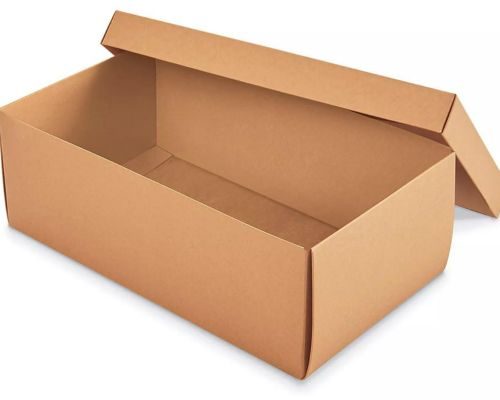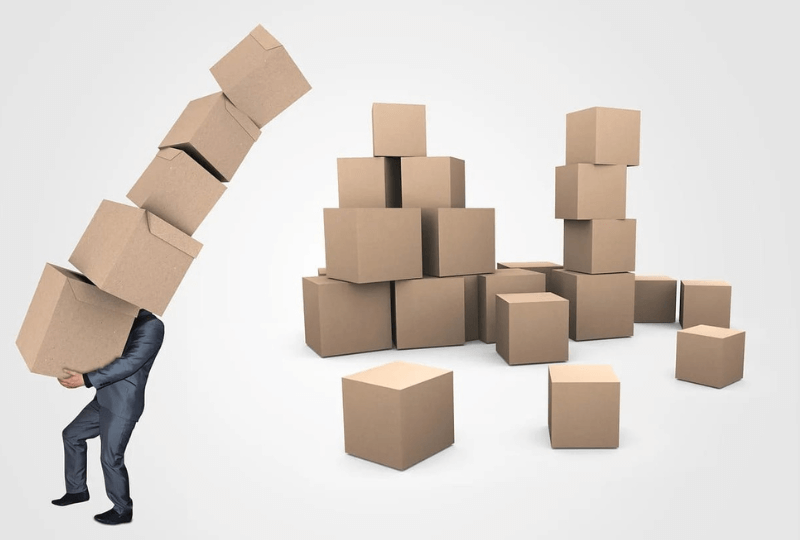It’s very important to have correct measures while shipping the items. If you’re sending a package across the country or worldwide, knowing how to measure a box properly can save your time, money, and maybe even stress. This detailed guide goes over everything you need to know how to measure a box for shipping, from the tools you’ll need to the step-by-step process.
Table of Contents
ToggleUnderstanding Box Dimensions:

Before we dive into the measuring process, it’s essential to understand the three primary dimensions of a box: length, width, and height. These dimensions determine the size of the package and play a significant role in calculating shipping costs.
- Length: The longest side of the box, running horizontally from end to end.
- Width: The shorter side of the box, running horizontally from side to side.
- Height: The vertical measurement from the bottom to the top of the box when standing upright.
Tools You'll Need:

To measure a box accurately, you’ll need a few essential tools:
- Measuring Tape: Opt for a sturdy measuring tape with clear markings for precise measurements.
- Straight Edge: A ruler or any straight object can help ensure accurate measurements, especially for straight lines.
- Pen and Paper: Keep these handy for jotting down measurements, especially if you’re measuring multiple boxes.
Step-by-Step Guide to Measuring a Box:
Now that you have your tools ready let’s walk through the step-by-step process of measuring a box for shipping:
Step 1: Flatten the Box – Flatten the box to ensure accurate readings before measuring. Remove any contents and tape from the seams to lay it flat on a surface.
Step 2: Measure Length and Width – Using your measuring tape, measure the length and width of the box’s bottom panel. Place the tape measure flush against the edges for precise measurements. Related : Benefits of Custom Packaging Solutions.
Step 3: Measure Height – Stand the box upright and measure the height from the bottom to the top. Ensure the measuring tape is perpendicular to the base for an accurate reading.
Step 4: Calculate Dimensions – Once you have measurements for length, width, and height, note them down. It’s crucial to record measurements in the same unit (inches or centimetres) for consistency.
Step 5: Include Additional Dimensions – If the box has irregular shapes or protrusions, measure those as well. Add these measurements to your notes for a comprehensive overview.
Tips for Accurate Measurements:
- Measure to the Nearest Unit: Round measurements to the nearest inch or centimetre for simplicity and accuracy.
- Double-Check Measurements: Before finalizing, double-check all measurements to avoid errors.
- Account for Packaging Material: Consider its dimensions when measuring the box if the contents require additional packaging material.
Conclusion:
Measuring a box for shipping may seem straightforward, but accuracy is key to ensuring smooth transit and avoiding unexpected costs. By following the steps outlined in this guide and employing the right tools, you can measure boxes confidently, saving time and resources in shipping. Remember, precision pays off when it comes to shipping packages efficiently.
FAQs:
Multiply the Length, Width, and Height of the box in inches (L x W x H) to get the volume in cubic inches.
Measure the box’s Length, Width, and Height using a measuring tape, rounding up to the nearest inch.
Volume = Length x Width x Height (in inches).
Common sizes include 12x12x12 inches, 16x16x16 inches, and 18x18x18 inches, but can vary depending on the shipping provider and package contents.
Convert the box’s volume from cubic inches to cubic meters (divide by 61,024), then multiply by the density of the material (kg/m^3) to estimate its weight in kilograms.

Meet Mary K, the talented author behind PackPaa. With a passion for innovative packaging solutions, Mary shares insights and expertise to elevate your business.

















